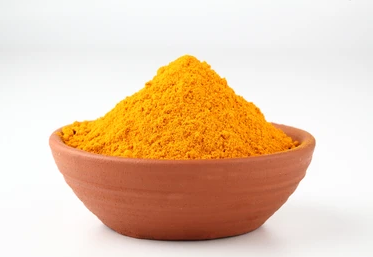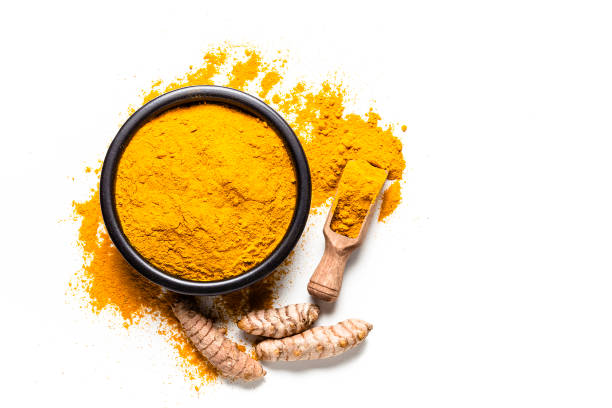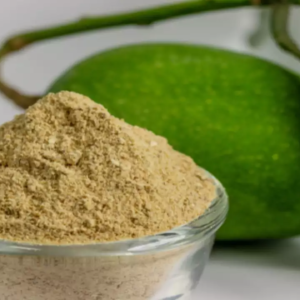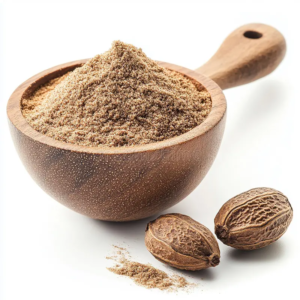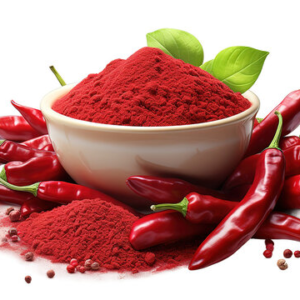Description
Key Features of Turmeric Powder:
- Flavor Profile:
- Turmeric has a mild, earthy, and slightly bitter taste with subtle hints of pepper and ginger.
- It is often used as a base flavor in curry powders and spice mixes and pairs well with cumin, coriander, and chili powder.
- Common Uses:
- Culinary:
- Turmeric is a staple in curries, rice dishes, soups, and stews. It’s also used to flavor meats, vegetables, and legumes.
- It is an essential ingredient in Indian and Middle Eastern spice blends like garam masala, curry powder, and ras el hanout.
- In addition to savory dishes, turmeric is also used in beverages such as golden milk (turmeric latte), smoothies, and some desserts.
- Culinary:
- Health Benefits:
- Anti-inflammatory: Turmeric has potent anti-inflammatory properties, which make it helpful for managing chronic inflammation-related conditions, like arthritis.
- Antioxidant: The curcumin in turmeric has antioxidant properties that can help neutralize free radicals in the body and promote overall health.
- Digestive Health: Turmeric aids digestion by stimulating bile production and may help alleviate symptoms of indigestion or bloating.
- Brain Health: There’s growing evidence that curcumin might have protective effects on the brain, potentially improving cognitive function and reducing the risk of conditions like Alzheimer’s disease.
- Immune System Support: Its antimicrobial and anti-inflammatory properties contribute to a strengthened immune system.
- How It’s Made:
- The root of the turmeric plant is boiled, dried, and then ground into a fine, golden powder. It is commonly found in both organic and non-organic forms in the market.
- Storage:
- To maintain its potency, turmeric powder should be stored in a cool, dark place in an airtight container. Avoid exposure to sunlight and moisture to prevent it from losing flavor or developing mold.
Additional Tips:
- Enhancing Absorption: Turmeric’s curcumin is not easily absorbed by the body, but pairing it with black pepper (which contains piperine) can significantly increase its bioavailability, making it more effective.
- Color Stains: Turmeric is known for its strong yellow pigment, which can stain clothes, countertops, and even hands. When handling turmeric powder, it’s advisable to be cautious of spills or use gloves.
Substitutes:
- While there is no perfect substitute for the distinct flavor of turmeric, in some cases, you might use saffron (though it’s much more expensive), or a mix of ground ginger and mustard powder, which can mimic its flavor profile to some extent.
Turmeric is definitely a powerhouse in both the kitchen and for health purposes.


